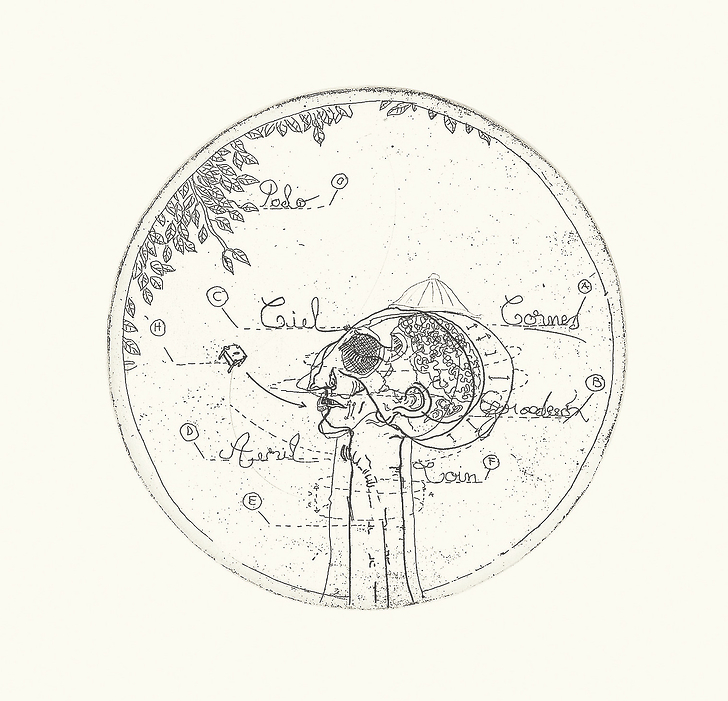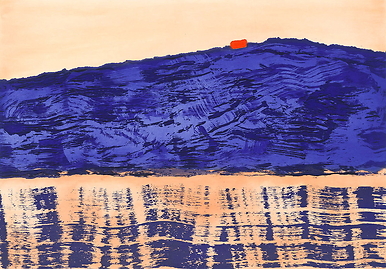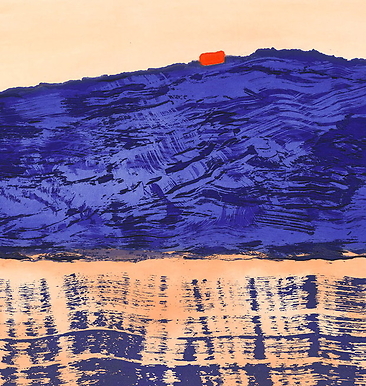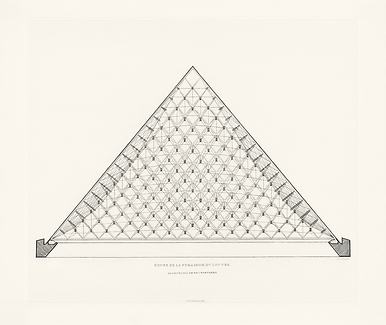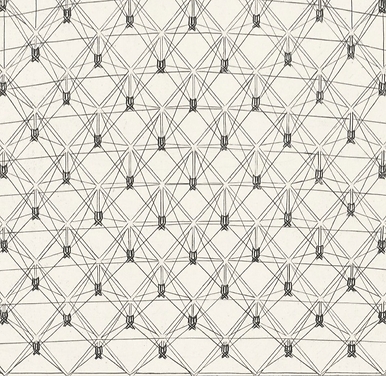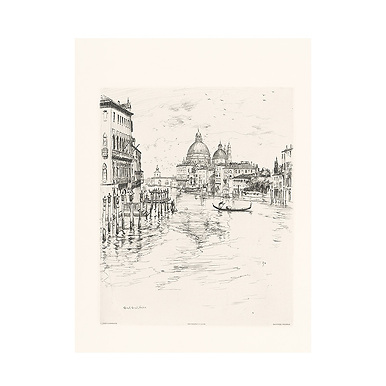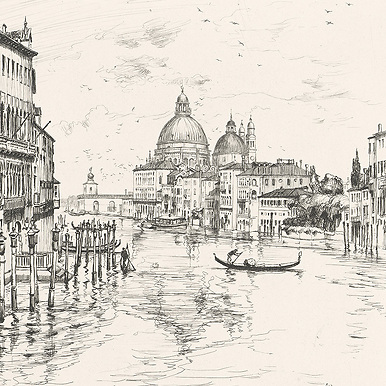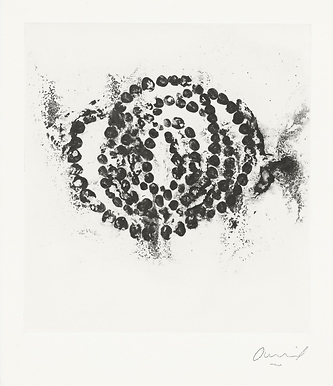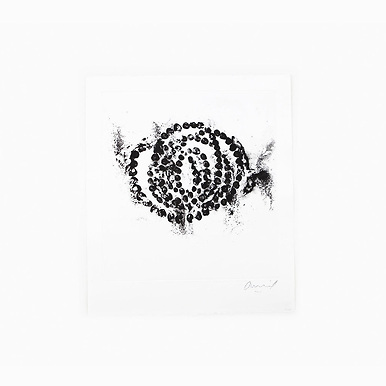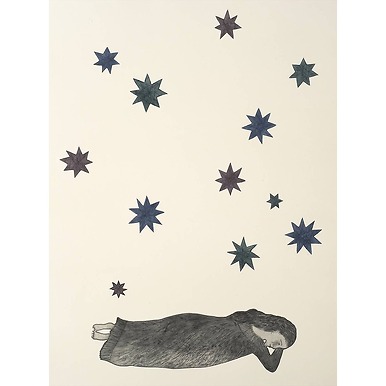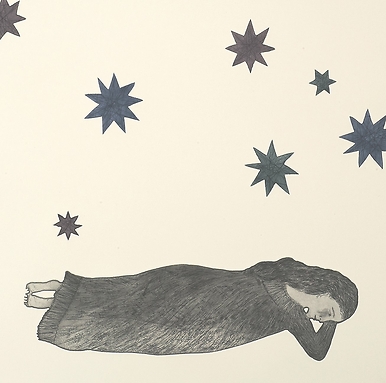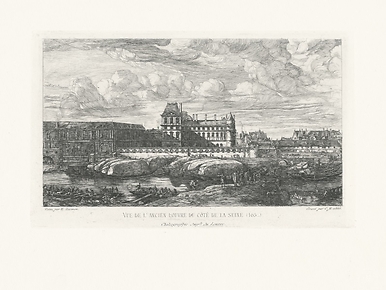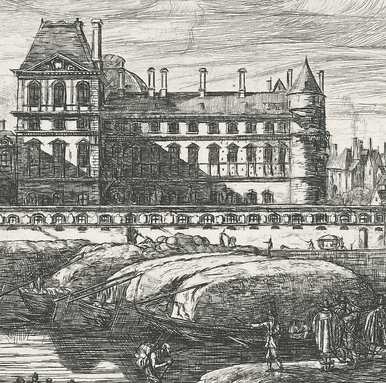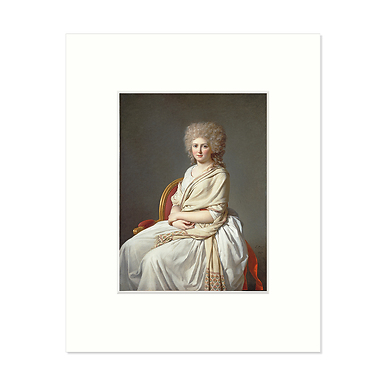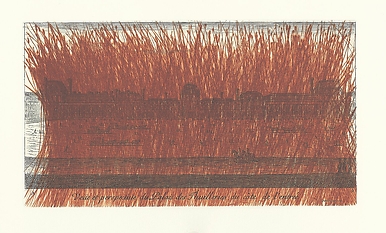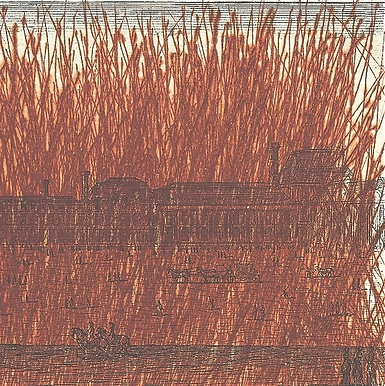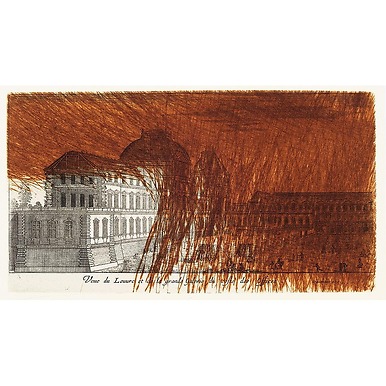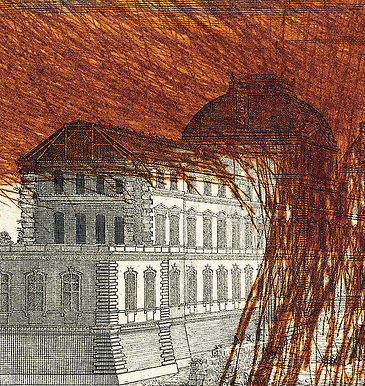Engraving Resonance - Philippe Favier 2000
KM011179
Since 1989, the Louvre Museum and the Réunion des musées nationaux have entrusted contemporary artists with the task of producing engraved plates for Chalcographie, which ensures the exclusivity of the print run, without limitation on the number of prints.
Very different trends in contemporary art are...
Read more
Since 1989, the Louvre Museum and the Réunion des musées nationaux have entrusted contemporary artists with the task of producing engraved plates for Chalcographie, which ensures the exclusivity of the print run, without limitation on the number of prints.
Very different trends in contemporary art are represented. Geneviève Asse meets Georg Baselitz, Pierre Courtin, Jean-Pierre Pincemin, Pat Steir, Jean-Michel Alberola, Robert Morris, Louise Bourgeois, Markus Raetz, Pierre Alechinsky or Agathe May.
Philippe Favier was born in Saint-Etienne in 1957. After graduating from the École des Beaux-Arts in Saint-Etienne, he exhibited his work at the city's Musée d'Art et d'Industrie in 1982. Philippe Favier titles his works as he creates them, in a surrealist vein. His studio is a laboratory of ideas, where the creative process begins by collecting objects at flea markets. The artist proceeds by research, without premeditation. His inventions are full of poetic mischief. He reinvents old prints into Dadaist or Surrealist collages of illustrations and words. These enigmas create an echo between image and writing. The black of inking is also found as a deep, textured background in many of his works on paper or recycled materials, particularly the glass he paints. His works are characterized by meticulousness as a relationship to time, inconstancy and disappearance through a distancing of the gaze: "I don't do small, I do far". The line, always fine, is created by drawing, thread or engraving. Fil de rien and Résonance take up the relationship between line and word, the inking of drawing and lyricism. Miniature and vanitas, poetry and cadavers-exquis meet.
Close
Sold by GrandPalaisRmn

